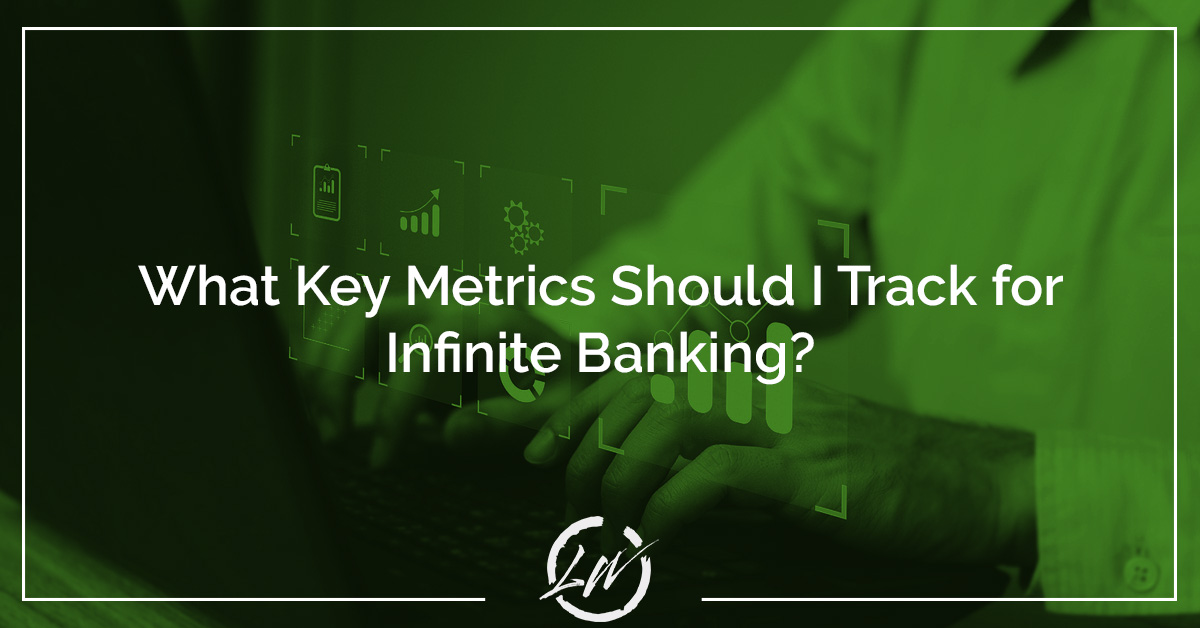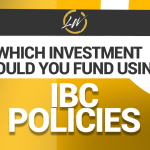A Comprehensive Guide to Tracking Cash Value and Other Key Metrics
Infinite banking, a strategy that entails using a dividend-paying whole life insurance policy as a financial instrument, has become increasingly popular among wealth builders and multi-generational families. The approach is lauded for its tax benefits, liquidity, and control it offers to the policyholder. The strategy essentially lets you build your our private family bank. However, tracking its performance meticulously is crucial for optimizing returns and ensuring you are steering your financial ship in the right direction. Here’s a breakdown of the key metrics and data you need to keep an eye on.
Cash Value Growth Rate
This is the bedrock metric for infinite banking. The cash value in your policy grows over time, offering a tax-free savings element. A consistent growth rate assures that your policy is performing as expected, enabling you to borrow against it when needed. The cash value growth rate should be compared year-over-year and against initial projections.
Dividend Rate
Whole life policies often pay dividends that can be reinvested into the policy or paid out in cash. Keep an eye on the dividend rate, as this has a direct impact on your policy’s cash value. This rate is generally a good indicator of the financial health of your insurance provider as well.
Loan Interest Rate
If you’re using the infinite banking system effectively, you’ll likely borrow against your policy‘s cash value at some point. Track the loan interest rates offered by the policy, as this will affect the cost of borrowing.
Premium Payment
Ensure that you’re meeting all premium payments on time to avoid any lapse in the policy. Monitor how much you’re paying in premiums relative to the cash value and death benefits. It will help you evaluate whether the policy is proving to be a sound financial instrument.
Death Benefit
Though often overlooked, the death benefit is a critical part of infinite banking. It not only serves as an estate planning tool but also acts as collateral when you’re taking loans against the policy. A growing death benefit can also be indicative of a well-performing policy.
Policy Fees and Charges
Various fees such as policy administration fees, mortality charges, and transaction fees may apply to your policy. Regularly reviewing these will help you maintain a clearer picture of the net returns on your investment.
Tax Implications
One of the advantages of infinite banking is its tax benefits. However, rules can change. Always keep an updated record of the current tax laws concerning whole life policies to maximize tax efficiency.
Liquidity
Measure the speed and ease with which you can access the cash value in your policy. This impacts your flexibility in utilizing this tool for investment or expenses.
ROI (Return on Investment)
Compare the returns you’re getting through your infinite banking system with other investment opportunities. Although infinite banking is a long-term strategy, knowing your ROI helps in making informed decisions about diversifying your portfolio.
This guide is for informational purposes and should not replace financial advice from a qualified professional. Always consult with your financial advisor for personalized recommendations.
Need More Information About Infinite Banking?
We offer plenty of resources to help you with understanding Infinite Banking.
- Take our free IBC course
- See our IBC learning videos
- Read our Living Wealth blog
- Check out our infinite banking YouTube channel
- See a list of the best infinite banking books
- Read our in-depth page that answers the most common Infinite Banking Concept questions
- Infinite banking concept glossary of terms
- Contact us






